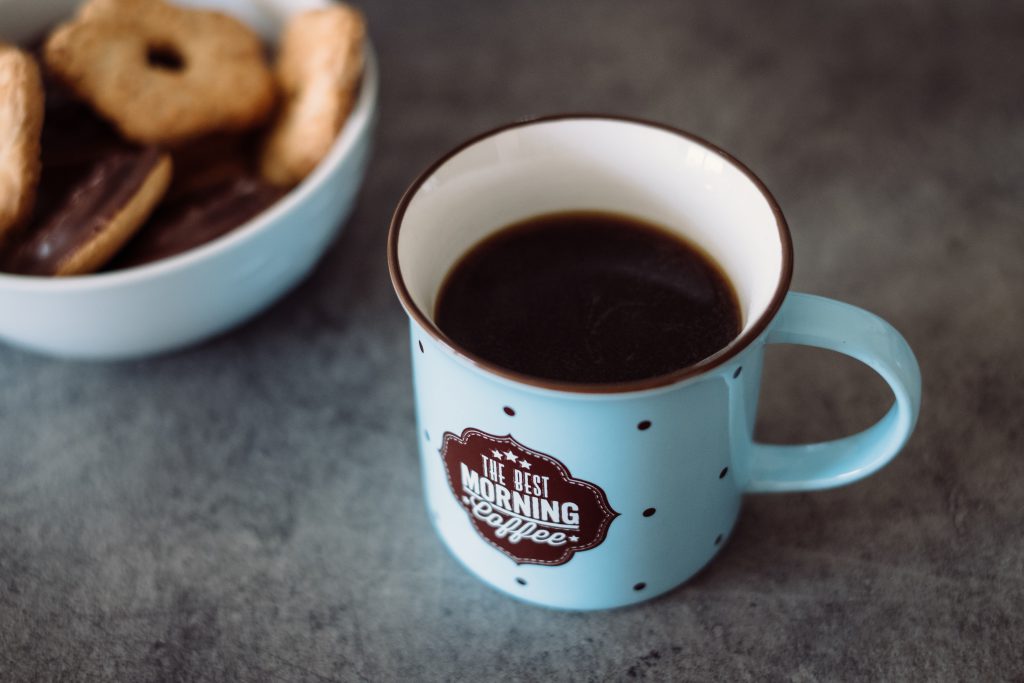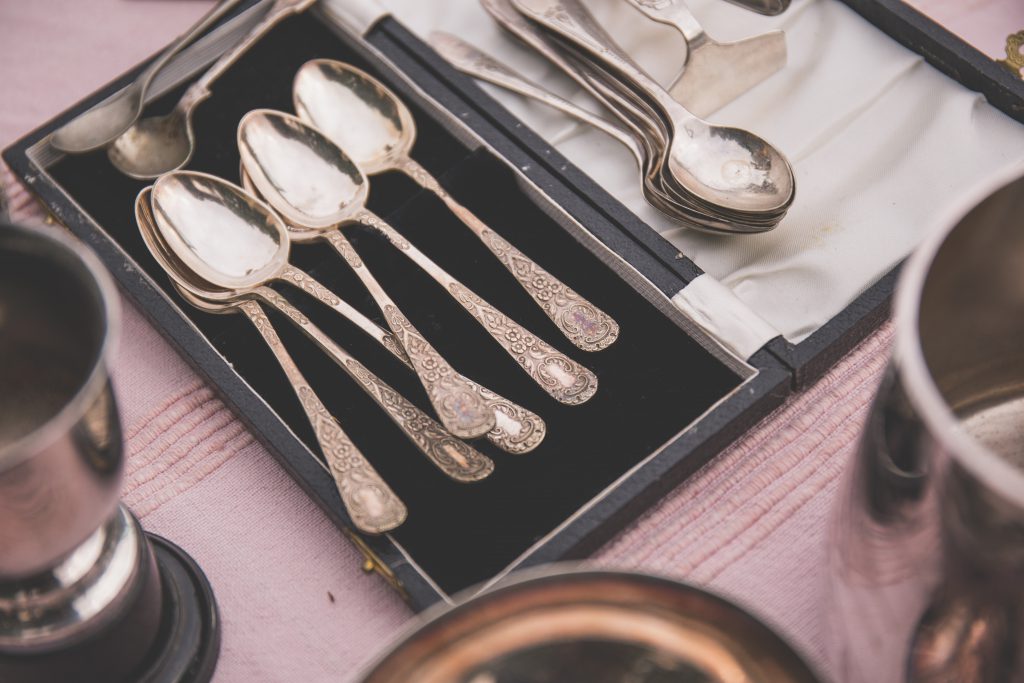
What's cooking in this realm of kitchen design? The answer is quite a bit, it turns out! If you're looking to brighten up your culinary space, you'll want to give the time to think about your
kitchen cabinet design. How do you know? Let's delve into the details of the reasons kitchen cabinets are critical to both aesthetic and functional reasons in the overall kitchen design.
The crux of the matter is in the way the
kitchen cabinet design interplays with the rest of your kitchen design. Cabinets shouldn't be considered separate objects; they're an integral part of your kitchen's collective aesthetic. They must complement the overall design style of the kitchen, whether that's modern, traditional, rustic, or a transitional style.
Research in the field of interior design indicates that the design of the cabinet influence the sense of space. An article published by the Journal of Interior Design suggests that a design that is well coordinated between cabinets and other aspects of the kitchen could make the kitchen seem more spacious and inviting.
When it comes to color, it's a whole other ball game. The shade of your cabinets can significantly change the mood that you create in your kitchen. Light-colored cabinets give an open, airy feel, perfect for smaller kitchens or those that lack natural light. Contrarily, darker cabinets can bring a warm and cozy look to larger kitchens.
A 2020 survey by Houzz which is an online property design platform, found that white remains the number one choice for kitchen cabinets, at 41% of the respondents. However, two-tone designs, with contrast colors used for the higher and lower cabinets, or the island, have been increasing in popularity.
Now, let's focus on functionality since it is important that a kitchen cannot be only beautiful. It must be practical as well! This is where the technical analysis is required. For instance, it is the case that National Kitchen and Bath Association (NKBA) has set guidelines for the best dimensions and configurations of cabinets in order to guarantee maximum efficiency and accessibility.
Based on these guidelines, be aware of what you're storing and adapt to your kitchen cabinet design accordingly. In particular, pots with a large size may require large drawers, while delicate glassware might be more appealing in cabinets with glass doors.
Space utilization is another essential part of the design. Innovative kitchen cabinet designs will maximize the storage capabilities of your kitchen. For instance research conducted in Ergonomics highlights the benefits flooring-to-ceiling kitchen cabinets can provide for less physical strain as well as improving accessibility.
There's also the option of materials. The durability and style the cabinets have depend upon the materials used. Wood, plywood, particleboard, and MDF each have their benefits and drawbacks. For one, solid wood can provide the appearance of a luxury and lasts longer but it also comes with a greater price tag. MDF, on the other being, is more affordable and can replicate the appearance authentic wood however may have a higher risk of moisture damage.
Last but not least, it's about the finer details. The hardware you pick - handles knobs, and pulls can bring the entire design together. Here's an area where the study of design becomes interesting: studies have shown that seemingly small details like the design and surface finish of cabinet hardware, have the potential to significantly affect a person's experience in the room.

It's clear that
kitchen cabinet design is not just an art form, it's a science too. It's an intriguing blend of aesthetic principles while also considering ergonomics and technologies for the kitchen. When you begin this kitchen design adventure, remember to make the process enjoyable and enjoyable since, in the end, your kitchen is a reflection about you. It's part of your life, your personal style.